Progressive rock came of age in 1972 and one of its greatest achievements was Emerson, Lake & Palmer’s wonderful Trilogy, writes GARY STEEL.
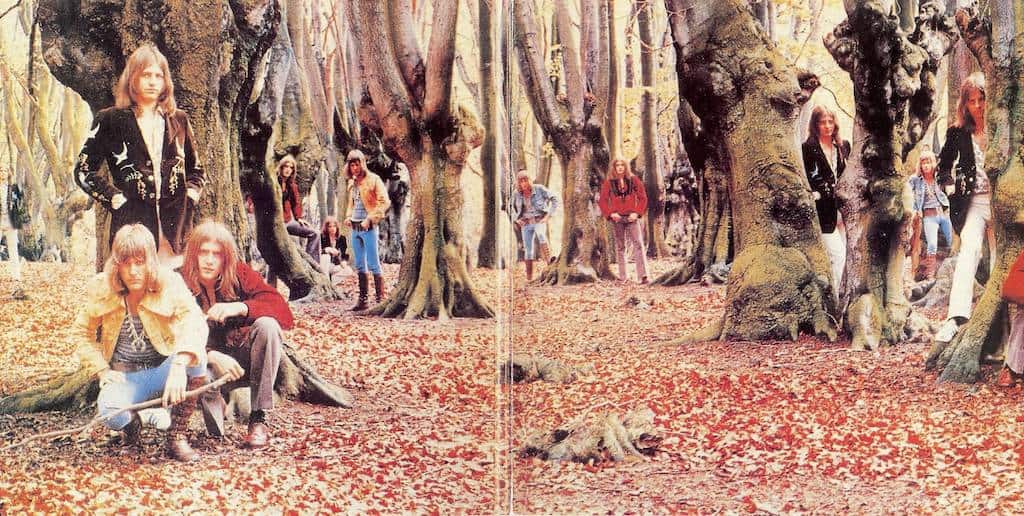
While 1969 is the year most scholars of popular music agree that progressive rock really became a thing with King Crimson’s era-defining dystopian masterwork, In The Court Of The Crimson King, the genre reached maturity and peak excellence three years later in 1972 with many of its top practitioners releasing their best albums.
Few disagree that Close To The Edge was the high-water mark for Yes, or that Jethro Tull’s Thick As A Brick was a colossal achievement. Genesis had yet to scale their commercial heights but Foxtrot more than hinted at things to come, and less well-known progressive-leaning bands like Gentle Giant and PFM also released blinders that year.
Too often, however, Emerson, Lake & Palmer’s extraordinary Trilogy is left out in the cold in assessments of the year and the genre. And yet, this would be the work that disproved the flawed notion that they were simply a supergroup of show-offs.
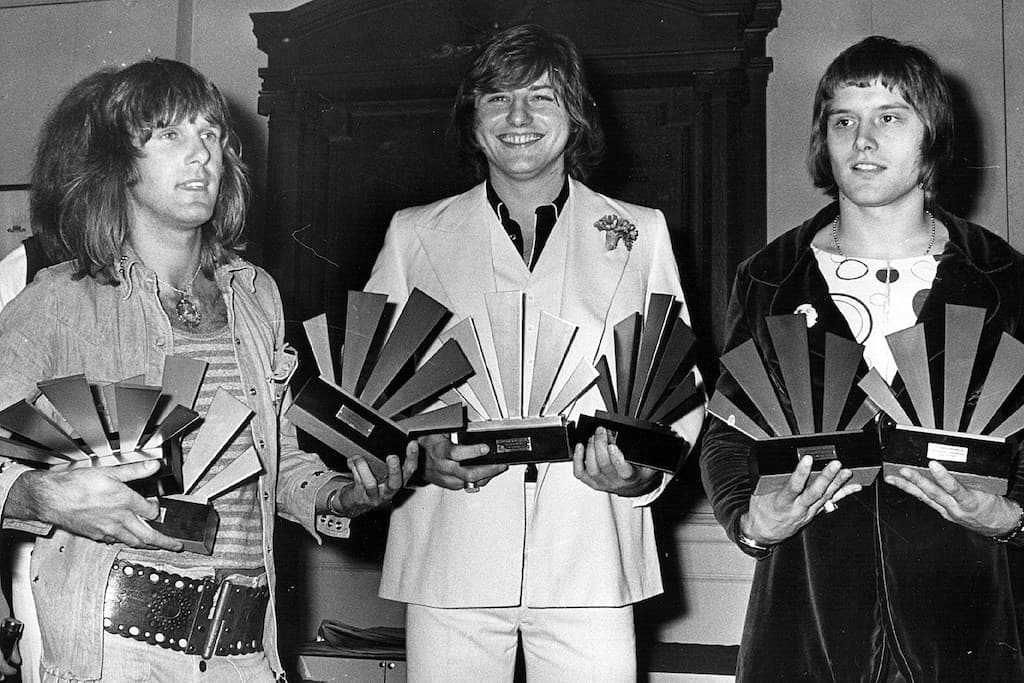 Keyboardist Keith Emerson had copped a lot of flak from critics who had a big soft spot for his previous power trio, The Nice. That group had helped to invent progressive rock with its canny mix of classical, jazz and psychedelia, and ardent fans like DJ John Peel liked that the group, while musically ambitious, kept their pretensions in check. When Emerson jumped ship to recreate the trio format with singer/bassist Greg Lake (King Crimson) and drummer Carl Palmer (Arthur Brown, Atomic Rooster), the new outfit was quickly accused of making cold, passionless music that showcased and prioritised instrumental dexterity. Another critic, Lester Bangs accused them of making autocratic machine music.
Keyboardist Keith Emerson had copped a lot of flak from critics who had a big soft spot for his previous power trio, The Nice. That group had helped to invent progressive rock with its canny mix of classical, jazz and psychedelia, and ardent fans like DJ John Peel liked that the group, while musically ambitious, kept their pretensions in check. When Emerson jumped ship to recreate the trio format with singer/bassist Greg Lake (King Crimson) and drummer Carl Palmer (Arthur Brown, Atomic Rooster), the new outfit was quickly accused of making cold, passionless music that showcased and prioritised instrumental dexterity. Another critic, Lester Bangs accused them of making autocratic machine music.
Support Witchdoctor’s ongoing mission to bring a wealth of new and historic music interviews, features and reviews to you this month (and all year round) as well as coverage of quality brand new, contemporary NZ and international music. Witchdoctor, entertainment for grownups. Your one-off (or monthly) $5 or $10 donation will support Witchdoctor.co.nz. and help us keep producing quality content. It’s really easy to donate, just click the ‘Become a supporter’ button below.
While the critics hated them, the public went nuts for ELP, whose first, self-titled album (released in November 1970) carried echoes of Lake’s previous band in its post-apocalyptic imagery and uniquely keyboard-dominated, powerful sound. One of the best-sounding albums of its time, the record was also an outrageous exposition of the trio’s abilities and their willingness to show them off that included an austere, strident suite performed partly on the Royal Albert Hall pipe organ (‘The Three Fates’), a battle to the death between drums, clavinet and synthesiser (‘Tank’) and the memorable Lake folk tale appended with the most famous synthesiser solo in rock history (‘Lucky Man’). The album was a showstopper, but some sensitive souls felt that it was just too clever for its own boots.
Two further albums followed in 1971: Tarkus and Pictures At An Exhibition. The former featured the best 20-minute sci-fi epic in all of rock track on Side 1, and a disparate selection of unrelated songs on Side 2, while the latter was a radically rearranged rock version of Mussorgsky’s piano suite and recorded in concert, which showed just how successfully classical music could translate to a rock context.
Trilogy, however, was something of a detour. Already wildly successful by ’72 with extensive touring under their collective belts, this was Keith Emerson’s chance to show that the wild showman who attacked his Hammond organ with knives also had a serious side. Emerson’s public persona was that of an extreme extrovert but deep down he was insular and serious about his music.
Where the previous three albums were essentially recordings of pieces the trio would handle with aplomb on a stage, Trilogy was more akin to the type of albums that bands constructed with digital means in the ‘80s and ‘90s: intensely layered, overdubbed and impossible to replicate in performance. And the hard-edged, steely dystopia of their early work subsided – for one album at least – to be replaced with something much statelier and thought-through and mature and occasionally, dazzlingly pretty.
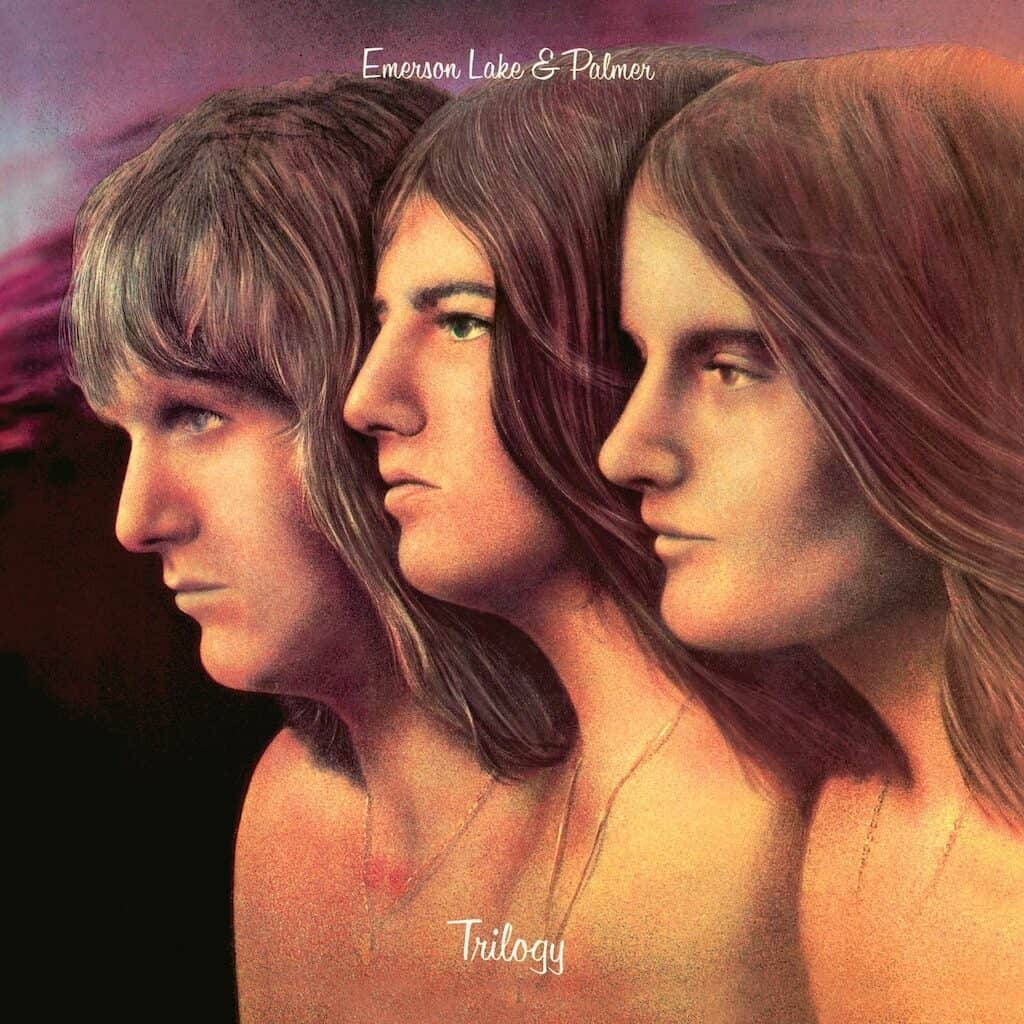 It can’t be overstated what a force of nature Keith Emerson was. His keyboards played the dominant role and most of the time the only other instruments were bass and drums. In concert he often simultaneously played several different keyboard instruments or dashed between them depending on the tone colours and emphasis required: remember, back then, synthesisers were monophonic and could only produce one note at a time.
It can’t be overstated what a force of nature Keith Emerson was. His keyboards played the dominant role and most of the time the only other instruments were bass and drums. In concert he often simultaneously played several different keyboard instruments or dashed between them depending on the tone colours and emphasis required: remember, back then, synthesisers were monophonic and could only produce one note at a time.
The crafting of Trilogy involved layers of overdubs and Emerson was able to give the trio more than a kind of simulacra of orchestration. On the first few EL&P albums the Moog synthesiser was primarily used for the kind of guttural sound effects Emerson was clearly amused by but on Trilogy he utilises the instrument for its string sound. It’s as fake as anything but that’s part of the charm. Synthesiser on this album is integrated into the fabric of the group’s sound in a way it never would be again. It’s not “here’s the throaty organ part, there’s the piano solo, and now it’s a farty synth” but a far more cohesive combination of his keyboard instruments.
While Emerson was undoubtedly the finest practitioner of the Hammond organ in all of rock, it’s the heaviosity of that instrument’s sound that tends to dominate at the expense of Emerson’s piano playing and composition. Trilogy is an opportunity to hear how sensitively he could write for and perform on the instrument and on both the opening track, ‘The Endless Enigma’ and the title tune (which opens the second side) we get to hear his prettiest, most lyrical piano writing.
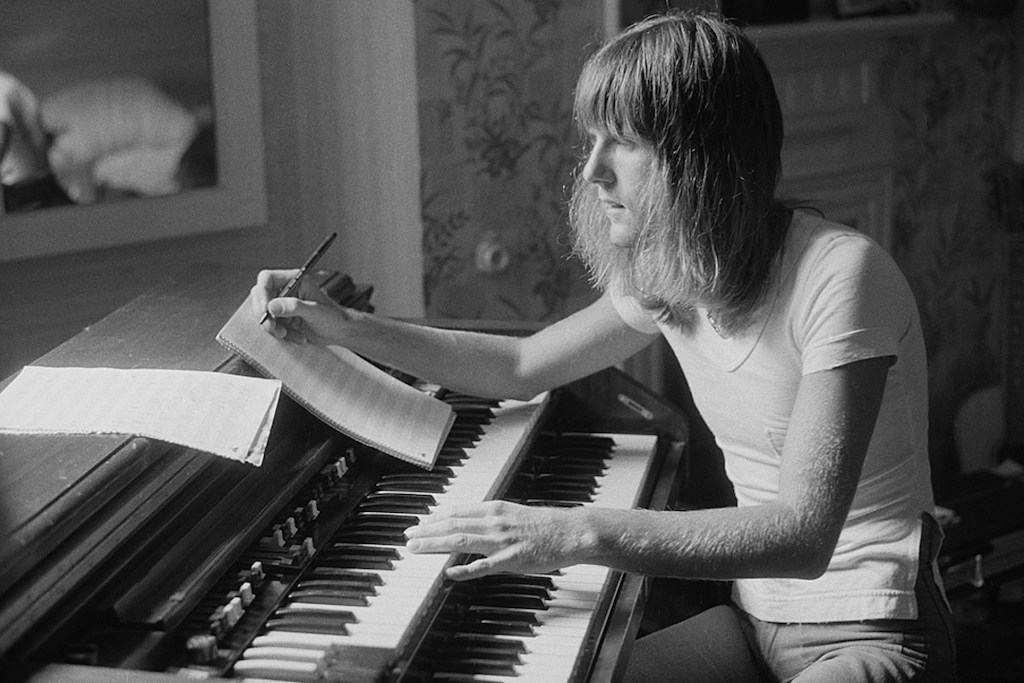 On both tracks, Lake sings like a grown-up choirboy and there’s an almost Victorian/Edwardian old English aroma that’s vastly different from the way they sounded on their earlier records. ‘Trilogy’ is my favourite track because of the dynamic and unexpected way it moves from one section to the next. Like ‘The Endless Enigma’ it starts out like an atmospheric film soundtrack, moves through some utterly gorgeous balladry, then suddenly erupts into an almost demonic repetitive machine riff before finishing off with one of Lake’s more boisterous vocals and a polyrhythmic octopus dance, along with a final few bars that were so definitively synthy that our state television broadcaster used them as their theme tune for many years.
On both tracks, Lake sings like a grown-up choirboy and there’s an almost Victorian/Edwardian old English aroma that’s vastly different from the way they sounded on their earlier records. ‘Trilogy’ is my favourite track because of the dynamic and unexpected way it moves from one section to the next. Like ‘The Endless Enigma’ it starts out like an atmospheric film soundtrack, moves through some utterly gorgeous balladry, then suddenly erupts into an almost demonic repetitive machine riff before finishing off with one of Lake’s more boisterous vocals and a polyrhythmic octopus dance, along with a final few bars that were so definitively synthy that our state television broadcaster used them as their theme tune for many years.
While Tarkus (somewhat erroneously) had been accused of using filler on its second side, Trilogy was all good stuff. The most memorable track for many was Lake’s beautiful ballad, ‘From The Beginning’, a mellow, graceful song that was apparently offered up for King Crimson in 1969 but turned down. Delightfully atypical of EL&P but working beautifully in the context of Trilogy, the song features Lake picking and strumming his acoustic and offering up a gorgeous hollow-bodied electric guitar solo. Clearly in the lineage of ‘Lucky Man’, like its predecessor, it bows out with a superb synth solo, but this time rather than the haunting tones Emerson conjured up at the end of that song, he contributes a percolating jazzy improv. One of EL&P’s only charting singles, ‘From The Beginning’ still gets flogged on golden oldie radio playlists in 2022.
‘Living Sin’ is irrefutably a minor entry but its mere 3 minutes and 3 seconds running time allows them the play up the power trio side of the group with some throaty organ, horn-simulating synth and Palmer’s battery of pumping percussion. Similarly, ‘The Sheriff’ is often derided because it’s on the novelty spectrum, but it gives Emerson a chance to play some lysergically-enhanced barrelhouse piano.
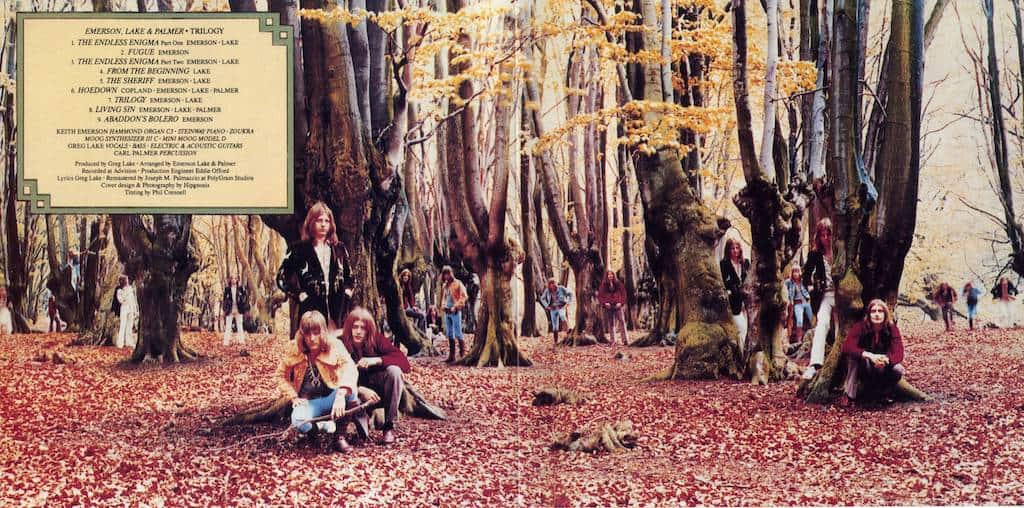 More compelling, however, is the group’s high-velocity arrangement of Aaron Copland’s 1942 composition, ‘Hoedown’, which ends the first side with a triumphant rush of galivanting organ and extreme synth stereophonics.
More compelling, however, is the group’s high-velocity arrangement of Aaron Copland’s 1942 composition, ‘Hoedown’, which ends the first side with a triumphant rush of galivanting organ and extreme synth stereophonics.
The album’s final cut, ‘Abaddon’s Bolero’, slowly and surreptitiously builds up to a gigantic climax of overdubbed synths over its 8-minute length, and like its distant cousin Tubular Bells (Mike Oldfield) released the following year, its complex layering made it impossible to perform live until they hired an orchestra to do it justice.
Trilogy would prove the peak of EL&P’s artistry and while the following year’s Brain Salad Surgery easily eclipsed it in terms of worldwide success (for a brief moment, rumour has it, they were the most popular rock group in the world), it sounded like a backstep. Huge stadium gigs were staged to perform Brain Salad Surgery, a concept album about computers taking over the world, and it all suddenly seemed a bit megalomaniacal, with Palmer’s 360-degree revolving drumkit and Lake’s $30,000 Tibetan rug and the insane theatrics Emerson was willing to endure to give the audience a hit.
While 1972 was a great year for progressive rock, 1973 saw the rot starting to set in with the release of Yes’s indulgent double album Tales From The Topographic Oceans and the huge tour that spawned EL&P’s triple live album, Welcome Back My Friends To The Show That Never Ends – Ladies & Gentlemen, Emerson, Lake & Palmer! They took a long break after that and when they reconvened in 1977 for the pompously titled Works Vol. 1, they sounded over it.
There was one famously awful album in Love Beach (1978) and a bunch of reunions over the years. Emerson had problems with his wrists that led to unsuccessful surgeries, and in 2016 – on the eve of a Japanese concert – he took his own life. Later that year, Lake died of cancer. Palmer keeps the flame burning.
At their best, EL&P was a great musical team. Emerson was the main impetus but the stark difference between The Nice and EL&P says it all. In Lake, Emerson found an adept producer as well as someone who could hold a tune, hold down the low end and occasionally bring out his guitar. In Palmer, he found one of the more astounding drummers of the rock generation. Listening to them now, it amazes me that they were for a moment in time so very popular, because this isn’t mainstream music. There’s real edge and idiosyncrasy to their best work, and these aren’t love songs or football chants disguised as rock anthems. Neither are they simply being show-offs. Sure, there are plenty of tricky time changes and fairly complicated compositional fluctuations, but if you were to listen to a jazz fusion group like The Mahavishnu Orchestra (who were more or less evolving at the same time) it’s clear that John McLaughlin’s group are in a different league when it comes to complexity.
Trilogy in particular is a resoundingly English record in the art-rock tradition, and while many of the group’s influences are inadvertently thrown into the mix, it feels entirely natural for Emerson to apply his classical and jazz schooling to this new rock technology.

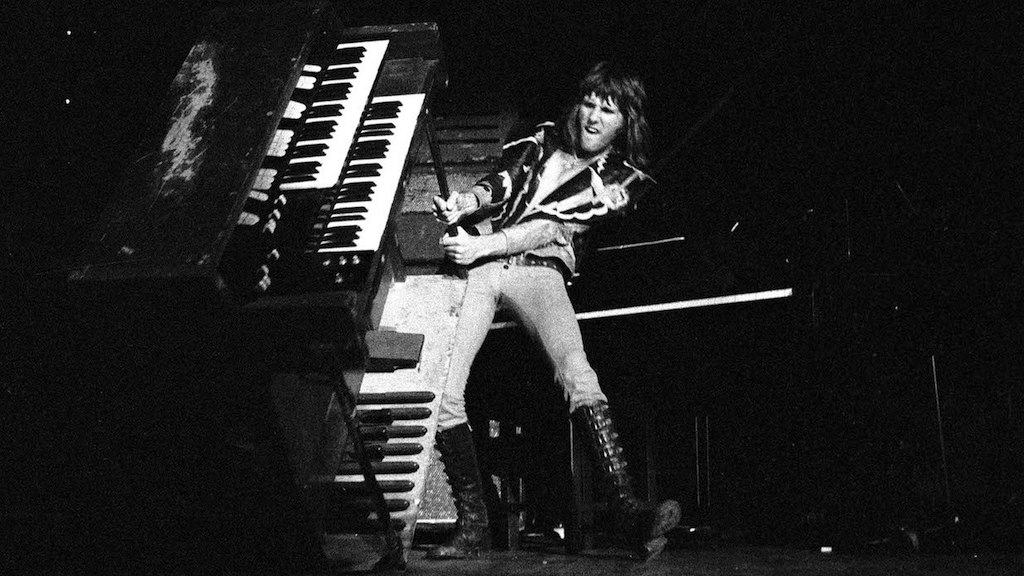



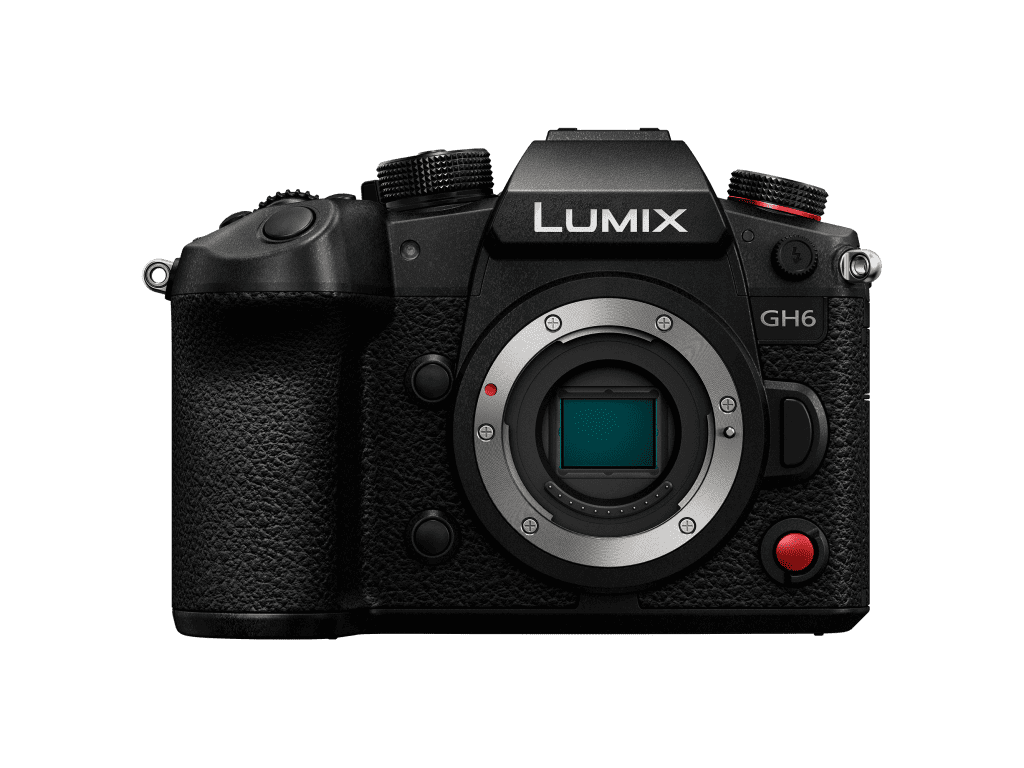
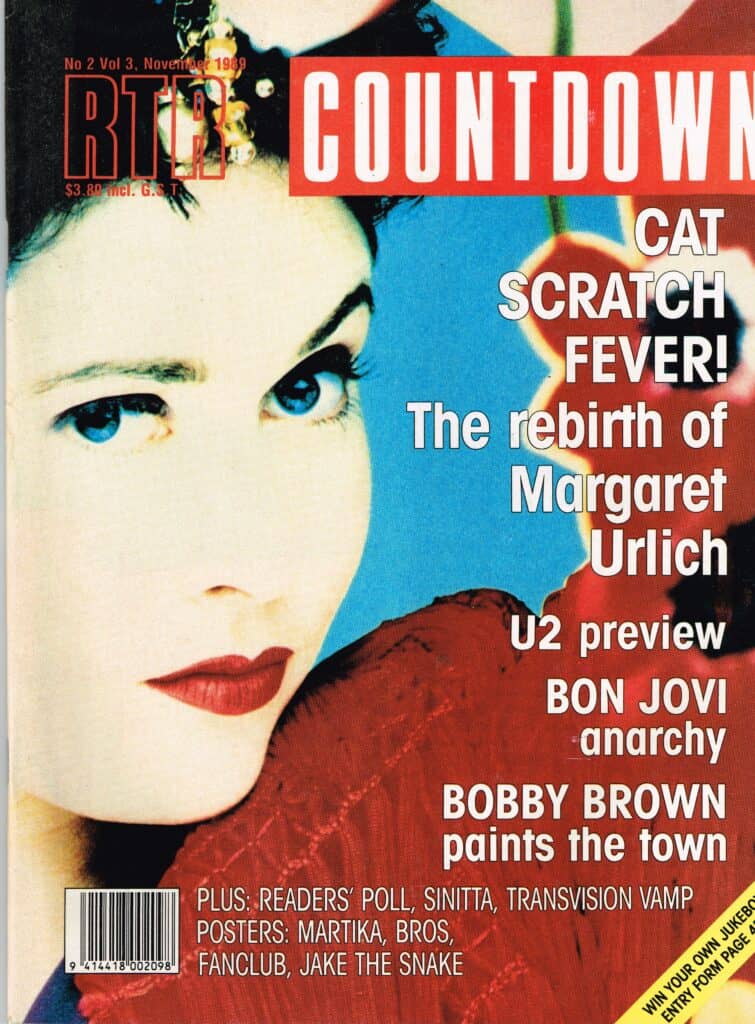
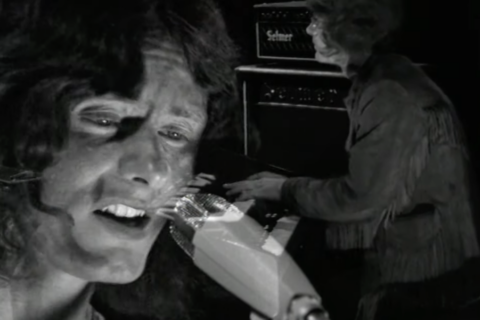


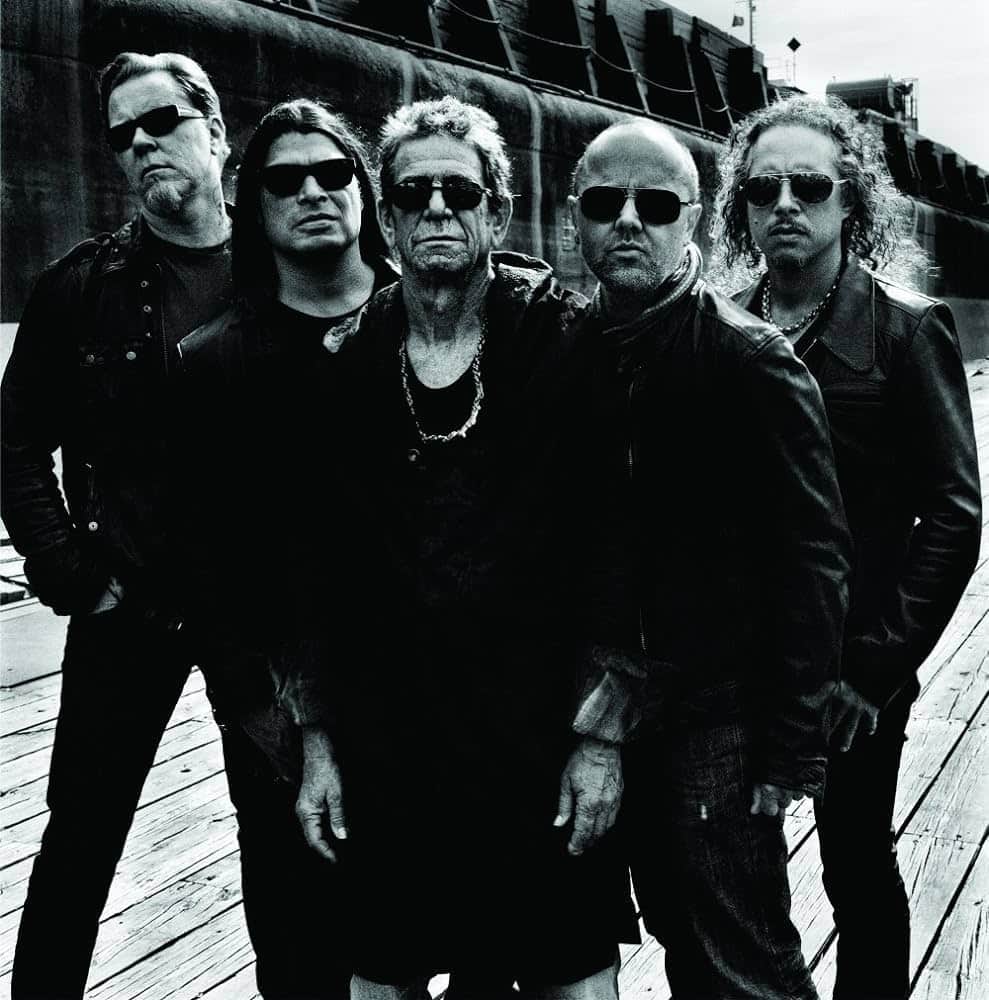
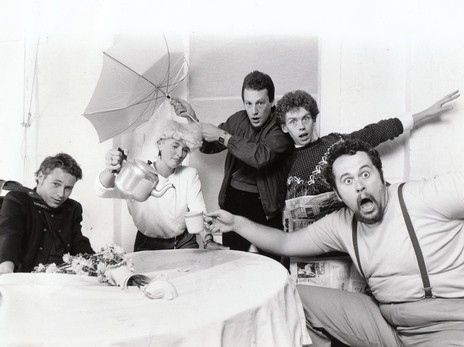

Always loved the rich & varied music of ELP . Very original & has stood the test of time and misunderstanding critics ( who are failed musicians ).
you wrote: “There was one famously awful album in Love Beach (1978)”…..this is simply perpetuating a misunderstanding based on the crass “bee-gees” styled cover, the album inside is no less respectable than any before it, unfortunately the tragedy came with the misguided attempts at reunions when the 3 could not even pretend to get along for the sake of the music and they came across as 3rd rate Asia wannabees.